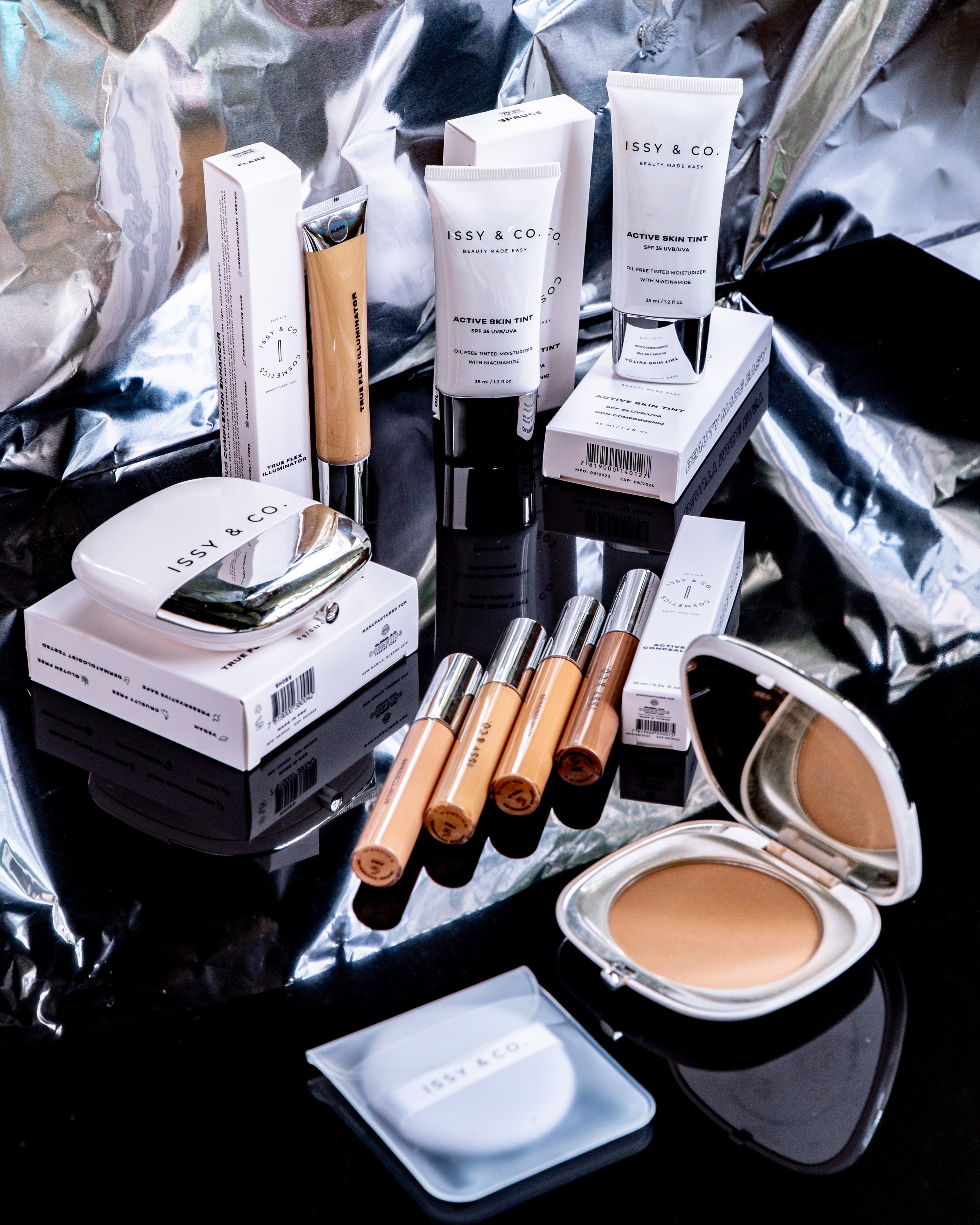Why do Filipino brands keep reformulating products or discontinuing them?
An interesting question came up while I and Project Vanity writers were grabbing some lunch. Abiele asked, “Why do Filipino brands keep reformulating their products, or discontinuing them after only a short run?” I haven’t really thought about it, but now that Abiele mentioned it, oo nga no! Abiele shared that she feels frustrated because she loves the old formulations, and sometimes the new ones aren’t quite cutting it. And then of course she wants to repurchase but gets disappointed upon learning that there are no more being sold.
So let me answer this from the business and product development perspective. The smaller and newer local brands tend to be a bit more conservative when forecasting their sales and inventory, so more often than not they will order only the minimum quantity required by factories. Typically, that is anywhere from 3,000 to 5,000 pieces. It sounds like a lot, but just to compare, bigger and more established beauty brands typically order 10,000 pieces of a single item.
They have much wider distribution in online AND physical retail locations, so they’re able to invest in bigger quantities, which is why you notice that bigger brands rarely change their formulations. They’re finishing up their inventory. They also plan for longer cycles - half a year to a year, or longer - than a smaller start-up brand, which may forecast for only three months to half a year.
So let’s say that the product was good and seemed like a success - why don’t brands restock? It’s likely because it didn’t sell fast enough and therefore did not perform as well as expected. Why would a brand order inventory again when they know it will take a lot longer to recover their money back? They would tend to invest in faster moving products rather than have their money sleeping in inventory.
Now let’s say the product was good and in fact performed well in terms of how fast it sold out. Why do brands reformulate? There could be a few reasons. The founder may simply be driven to get the best possible product from their supplier, especially if they’re paying the same OR even less if there’s a better way to lower the cost while not sacrificing overall quality. It is also possible that the raw materials needed for the formulation is no longer available. There could be a temporary shortage, or the supplier has completely stopped manufacturing the raw material. This will then require a reformulation of the product, so texture, smell, taste, and appearance may change in the next batch.
So, to summarize: Filipino beauty brands need to make lots of tough decisions on how to take their products forward while balancing their budget, vision, and consumer preference, among many other things. Our market is very, very small compared to others in Southeast Asia, and so companies can’t just keep investing if the returns are not happening. But we are all trying our best, and I think in the past years we’ve definitely seen a lot of growth.
I hope this answers the question! Let me know if you have any more qs and I’ll try to answer them.


